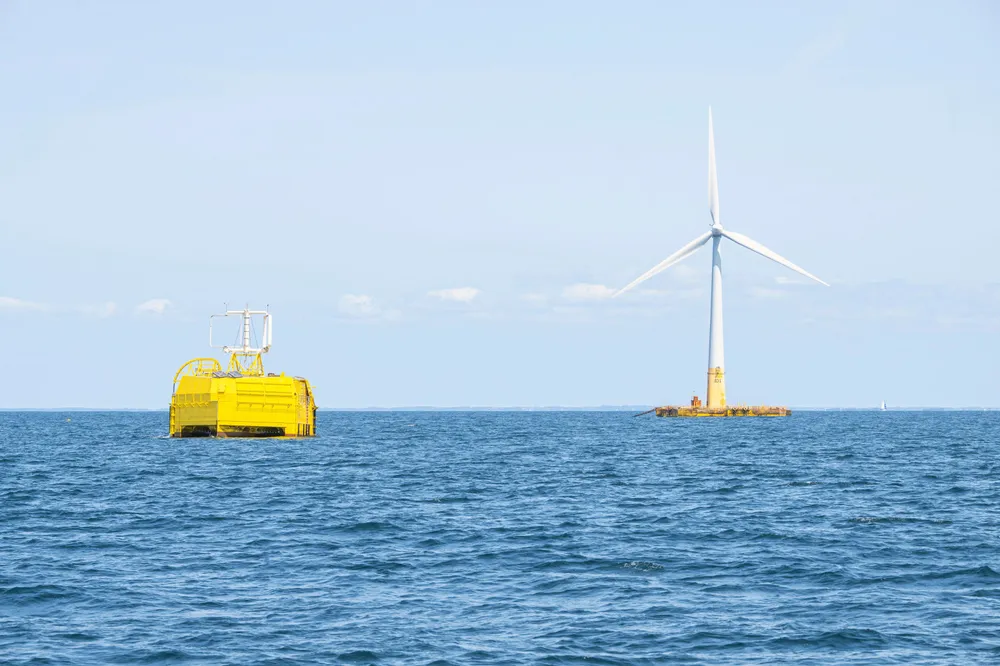‘Green hydrogen will cost $2/kg by 2030 — but only from producers with dedicated renewables supply’: DNV
Renewable H2 developers with on-site wind and solar will benefit from expected capex reductions, says standards firm

Renewable H2 developers with on-site wind and solar will benefit from expected capex reductions, says standards firm
